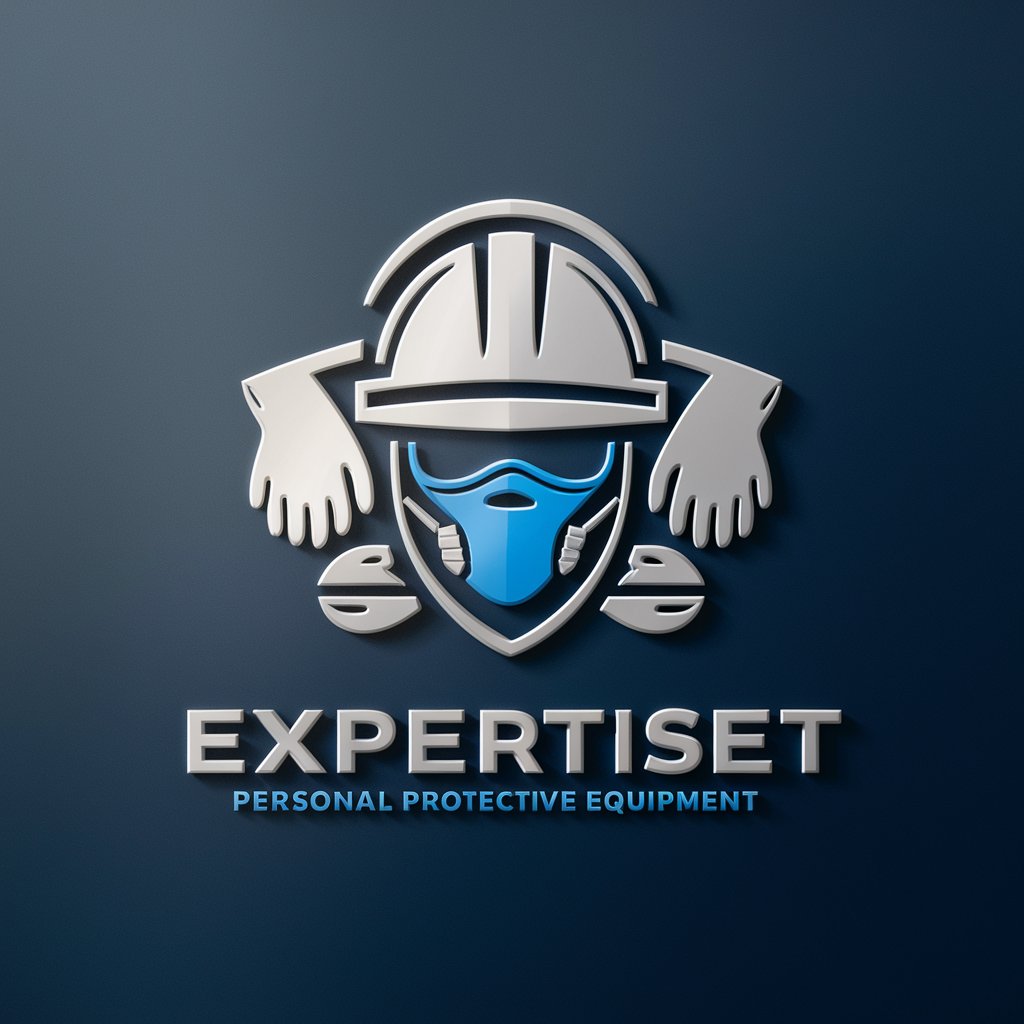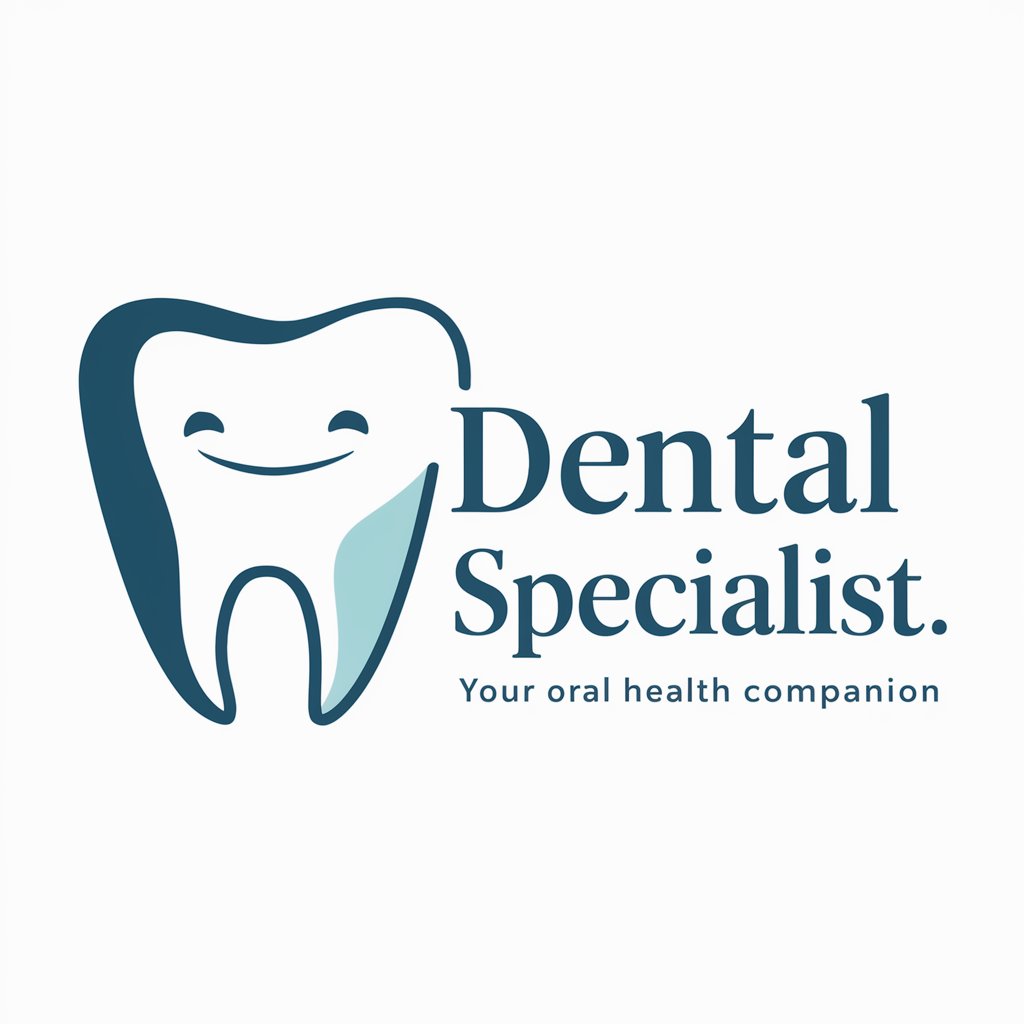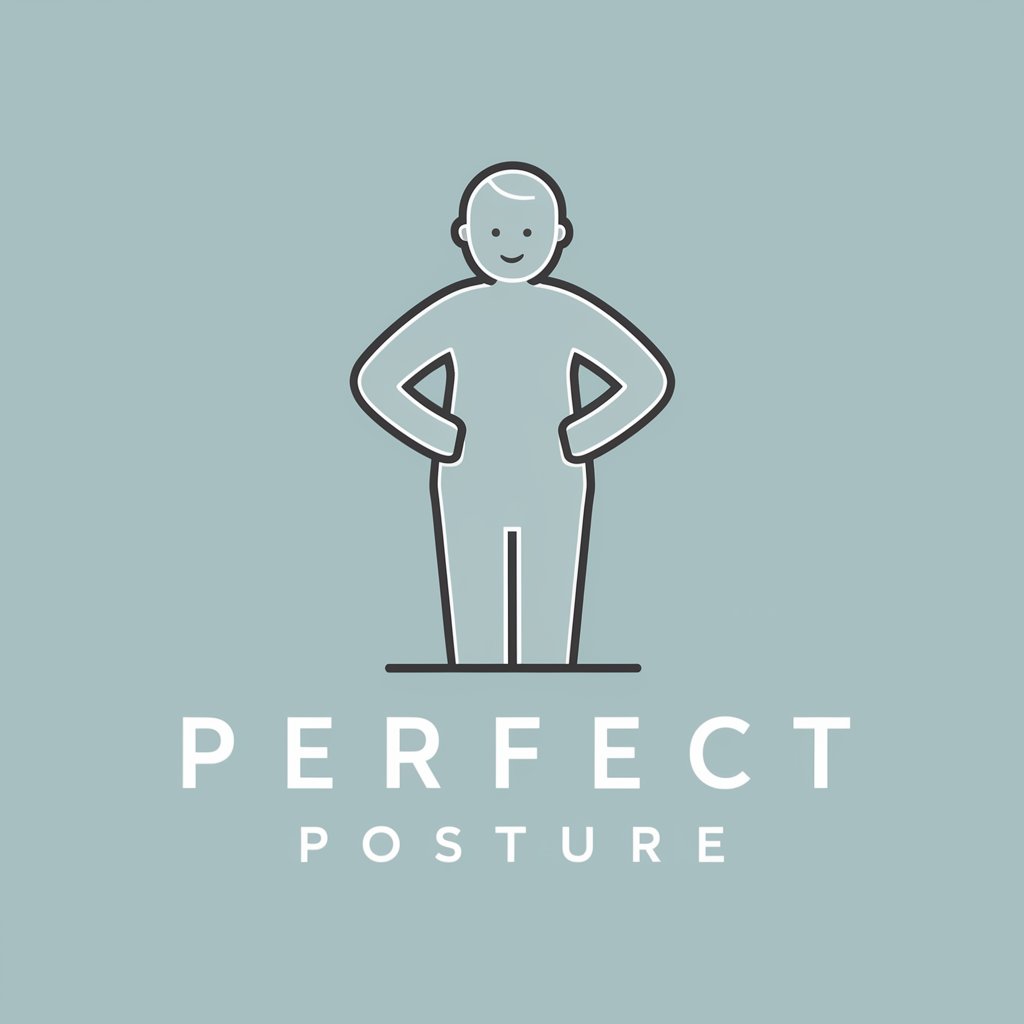PPE - PPE Usage and Advice

Welcome! Let's talk about keeping you safe with the right PPE.
Empowering Safe Workspaces with AI
What are the key factors in choosing the right PPE for...
Can you explain the proper maintenance of...
How do I ensure compliance with the latest PPE regulations in...
What are the latest advancements in PPE technology for...
Get Embed Code
Introduction to Personal Protective Equipment (PPE)
Personal Protective Equipment (PPE) refers to wearable equipment designed to protect users from health or safety risks at work or in various environments. The primary purpose of PPE is to reduce exposure to hazards when engineering and administrative controls are not feasible or effective in reducing these risks to acceptable levels. PPE includes items such as gloves, safety helmets, eye protection, high-visibility clothing, safety footwear, and respiratory protective equipment (RPE). For example, in a medical setting, gloves and face masks protect healthcare workers from exposure to infectious diseases. In construction, hard hats and safety shoes protect workers from falling objects and sharp materials on site. Powered by ChatGPT-4o。

Main Functions of PPE
Protection from Physical Injuries
Example
Hard hats in construction protect against head injuries from falling objects.
Scenario
Construction workers on a site with risks of falling debris wear hard hats to prevent head injuries.
Prevention of Infection
Example
Gloves and masks in healthcare settings reduce the transmission of infectious agents.
Scenario
Healthcare professionals use gloves and masks when treating patients to prevent the spread of infections, particularly in surgeries or during pandemic outbreaks.
Reduction of Respiratory Hazards
Example
Respirators in industrial or chemical settings protect against inhaling harmful substances.
Scenario
Workers handling chemicals or working in environments with airborne particulates use respirators to prevent inhalation of hazardous substances.
Protection from Environmental Hazards
Example
Insulated gloves and boots for electricians prevent electrical shocks.
Scenario
Electricians wear insulated gloves and boots to safely work on electrical installations, protecting against electric shock.
Shielding from Extreme Temperatures
Example
Thermal protective clothing for firefighters and workers in foundries.
Scenario
Firefighters wear specially designed protective clothing that provides thermal insulation against extreme heat when battling fires.
Ideal Users of PPE Services
Healthcare Professionals
Healthcare workers, including doctors, nurses, and laboratory technicians, require PPE to protect against infections, chemicals, and biological hazards encountered in medical settings.
Construction Workers
Individuals working in construction need various types of PPE like hard hats, safety boots, and high-visibility clothing to safeguard against physical injuries and environmental hazards.
Manufacturing and Industrial Workers
Workers in manufacturing plants and industries use PPE to protect against a wide range of risks, including machinery accidents, exposure to toxic substances, and extreme temperatures.
Emergency Responders
Firefighters, police officers, and paramedics use specialized PPE, such as fire-resistant clothing, bulletproof vests, and gloves, to protect against the specific hazards they face in emergency situations.
Laboratory and Research Personnel
Scientists and laboratory technicians require protective clothing, gloves, and eyewear to prevent exposure to hazardous chemicals and biological agents during research activities.

Effective Use of PPE
Explore PPE Options
Start by exploring comprehensive PPE options and resources. A great way to begin is by visiting platforms that offer insightful resources on PPE without the need for immediate commitment or subscription fees.
Identify Needs
Assess the specific hazards in your environment to determine the appropriate types of PPE required. This includes evaluating the tasks to be performed and identifying potential exposure to hazards such as chemicals, particulates, or infectious agents.
Select Appropriate PPE
Choose the right PPE based on the identified hazards. Ensure the selected PPE meets the necessary safety standards and certifications relevant to your industry or task.
Proper Fitting and Use
Ensure that the PPE fits properly and that you understand how to use it effectively. This may involve adjusting straps, checking seals, or performing fit tests for respiratory equipment.
Maintenance and Inspection
Regularly inspect, clean, and maintain your PPE according to the manufacturer's instructions. Proper care will extend the life of the equipment and ensure it provides the intended level of protection.
Try other advanced and practical GPTs
Sweatshirt
Elevating Style with AI-Powered Fashion Insights

Rural
Explore Rural Life with AI

Legal Draftsman
Draft legal documents with AI precision.

레나 (마녀)
Summon ancient wisdom with AI magic.

Grid Navigator
Empowering Grid Modernization with AI

Dental Specialist
Expert dental advice at your fingertips

Shotguns
Empowering Shotgun Knowledge with AI

文字大师
Elevate Your Writing with AI-Powered Precision

Legoo City Box 🧱
Build Your Dream City with AI

Perfect Posture
Elevating posture with AI-powered guidance

Idea Dynamo
Unleash creativity with AI-powered ideation.

2 Years of Email and Newsletter Ideas
Elevate Your Email Game with AI

PPE Information and Advice
What is PPE and why is it important?
Personal Protective Equipment (PPE) includes garments or gear designed to protect the wearer from exposure to hazards. It is crucial in preventing injuries and illnesses resulting from contact with chemical, radiological, physical, electrical, mechanical, or other workplace hazards.
How do I choose the right PPE for my needs?
Selecting the right PPE involves evaluating the specific hazards present in your work environment, understanding the protection each type of PPE offers, and ensuring it meets industry-specific safety standards. Consultation with safety professionals is also recommended.
Can PPE be reused?
Some PPE is designed for reuse after proper cleaning and maintenance, while other types are disposable and should be replaced after a single use. The reusability of PPE depends on the manufacturer's guidelines and the nature of the exposure.
How should PPE be properly maintained?
Proper maintenance includes regular inspection for damage, cleaning according to the manufacturer's instructions, and storing in a clean, dry place. Damaged or defective PPE should be repaired or replaced immediately.
Are there any training requirements for PPE use?
Yes, effective use of PPE often requires training on its proper selection, fitting, use, and maintenance. This training ensures that users are aware of the limitations of the equipment and can use it safely and effectively.
